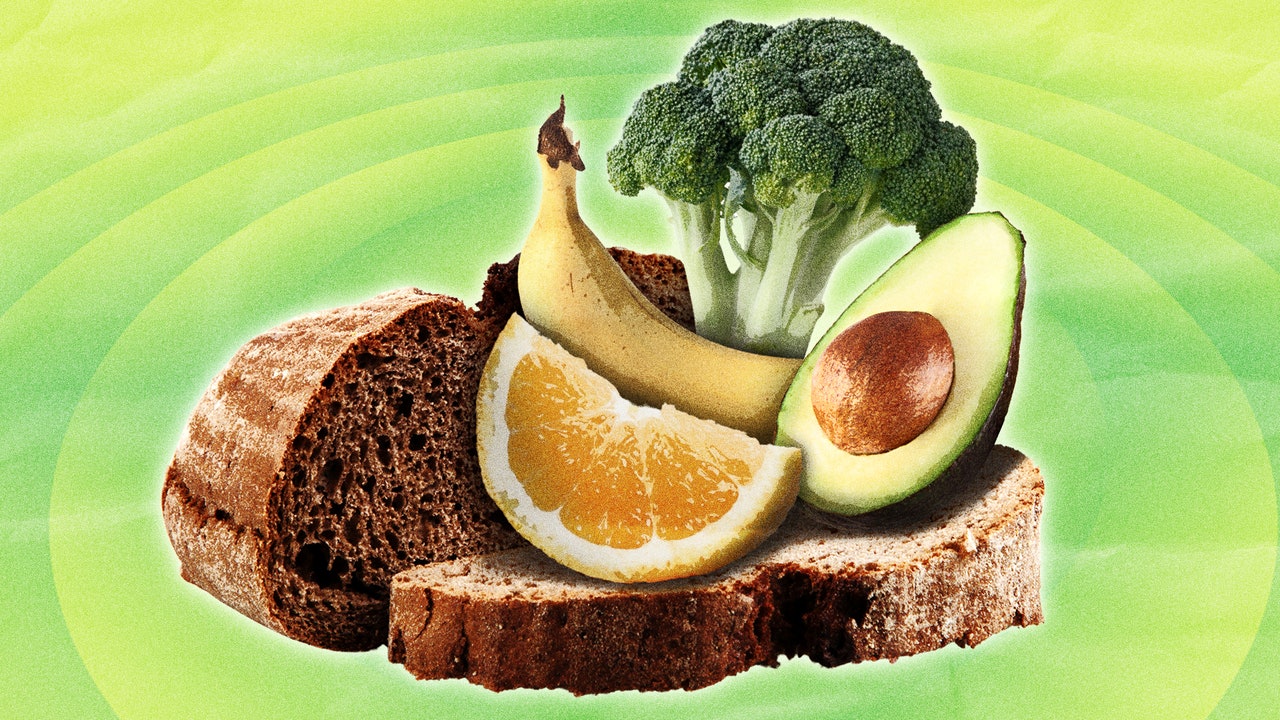It is 2024, and we’re talking about macronutrients as if they’re star athletes. You know about protein, carbs, and fats—they get all the attention. Fiber, on the other hand, is flying under the radar, but if predictions on X are to be believed (and when aren’t they?), it is about to climb the ranks as the macronutrient du jour.
This is all to say: Americans are ignoring their fiber intake: Recent research estimates that only 5 percent of Americans are getting the recommended amount of fiber in their diets daily. And by neglecting the nutrient, they’re sleeping on some major health benefits.
“There are so many benefits to fiber,” says Kelly LeVeque, CCN, author and celebrity holistic health coach (who has worked with the likes of Jennifer Garner, Jessica Alba, and Emmy Rossum. “[They include] normalizing bowel movements and preventing constipation, maintaining bowel health, lowering cholesterol levels, inflammation and blood pressure to support overall heart health, and helping to control blood sugar levels and increasing satiety to manage weight and hunger.”
What Is Fiber?
Technically a type of carbohydrate, “dietary fiber, also known as roughage or bulk, includes the parts of plant foods your body can’t digest or absorb,” says LeVeque. “Unlike other food components, such as fats, proteins, or [other] carbohydrates—which your body breaks down and absorbs—fiber isn’t digested by your body.”
Even though the body doesn’t digest fiber itself, its presence in your diet helps your digestive system function in top form, says Maggie Berghoff, a functional medicine nurse practitioner and author of Eat to Treat.
According to LeVeque, this is because fiber acts as a prebiotic, promoting the growth and health of good bacteria in the gut. “The human gastrointestinal tract is home to a complex community of microorganisms, collectively known as the gut microbiota or microbiome. This community includes various bacteria, fungi, viruses, and other microbes,” she says. “When we consume dietary fiber, it travels to the colon undigested, where it becomes a source of nutrition for the gut microbiota.”
To get sciencey real quick, LeVeque explains that the undigested fiber is converted to short-chain fatty acids (SCFAs) in the gut. “These SCFAs … play a vital role in supporting both gut and overall health because they act as an energy source, maintain intestinal barrier function, fight inflammation, and support our immune system,” she says.
What Is the Difference Between Insoluble and Soluble Fiber?
There are two types of dietary fiber: soluble and insoluble, and each has a role to play.
“Soluble fiber attracts water and turns to gel during digestion. This slows digestion,” LeVeque says. You can find soluble fiber in foods like beans, lentils, nuts, and some fruits and vegetables.
Insoluble fiber, meanwhile, “adds bulk to the stool and moves it quicker through the stomach and intestines,” says LeVeque. Insoluble fiber is rich in foods including whole grains, veggies, and wheat bran.
The Health Benefits of Fiber
As mentioned, dietary fiber is great for your gut: It keeps your bowel movements regular and helps prevent bloating and GI discomfort.

